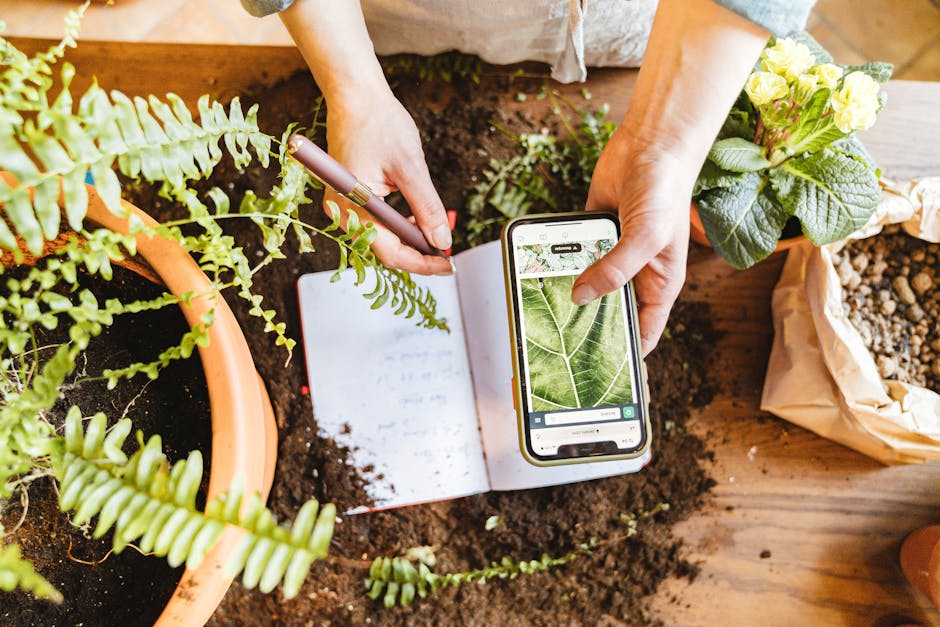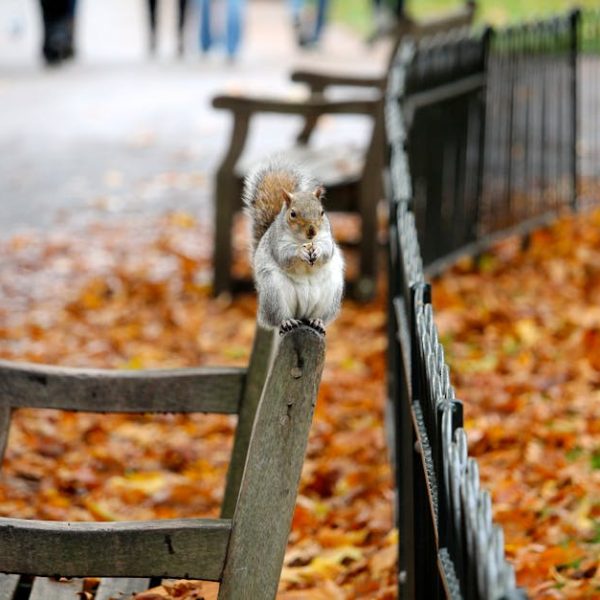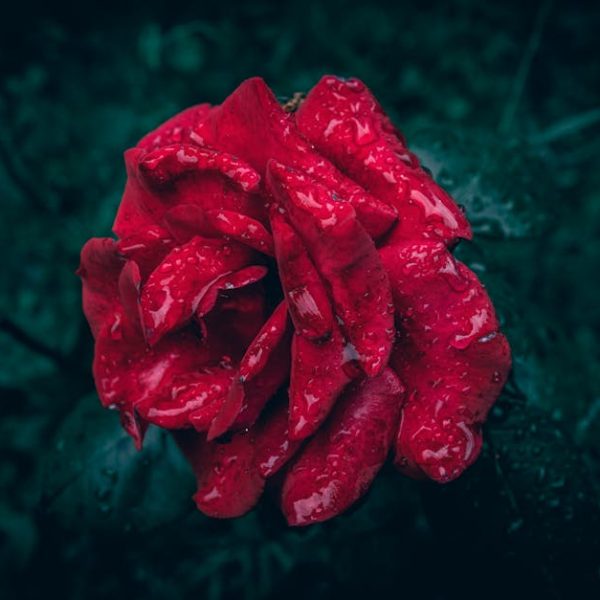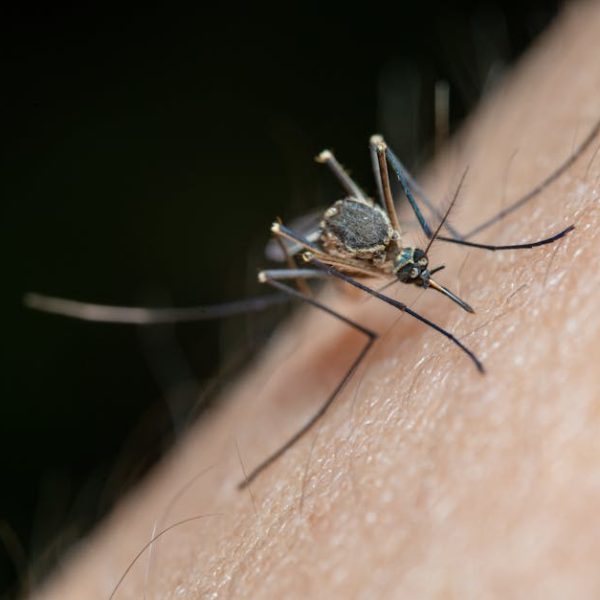Beans, a traditional staple in many households worldwide, require certain essential nutrients for healthy growth. As a gardener, you hold the key to their successful development in your hands, particularly when it comes to nurturing them with the right kind of plant food. Creating your unique organic bean plant fertilizer not only contributes to the overall wellbeing of your crops but can make gardening more sustainable and rewarding.
Understanding the Nutritional Needs of Bean Plants
Bean plants, like humans, require several key nutrients to grow, produce, and thrive. These building blocks of life include Nitrogen (N), Phosphorus (P), Potassium (K), and a handful of supplementary minerals. Each of these nutrients contributes to different aspects of the plant’s growth. For instance, Nitrogen promotes leaf and stem growth, Phosphorus encourages the development of roots, flowers, seeds, and fruits, while Potassium ensures the overall functionality and health of the plant.
- Nitrogen (N)
- Phosphorus (P)
- Potassium (K)
- Calcium (Ca)
- Magnesium (Mg)
- Sulfur (S)
Pro Tip: By fully comprehending your bean plant’s nutritional needs, you can tailor your DIY fertilizer to meet these demands, ensuring that your green friends get exactly what they need to flourish.
Sourcing Organic Materials for Your Bean Plant Fertilizer
Materials for your homemade bean plant fertilizer can be sourced from a wide array of organic matter. Compost, manure, bone meal, green manure crops, kitchen waste – these all provide substantial nutrients when properly prepared. Remember, the objective is to utilize waste materials and local resources, which fulfills both an environmental and an agricultural purpose.
| Material | Source | Nutrients |
|---|---|---|
| Compost | Yard and kitchen waste | N, P, K |
| Manure | Animal waste | N, P, K, Ca, Mg |
| Bone meal | Animal bones | Phosphorus, Calcium |
| Green manure crops | Gardens or farms | Nitrogen |
Best Practice: Always ensure that your chosen materials are dealt with responsibly, composted properly, and sourced sustainably to prevent contamination of your overall gardening activities.
DIY Organic Bean Plant Fertilizer Recipes
Once you’ve sourced your organic materials, the next step is brewing the perfect fertilizer mix. To begin, you could try a few basic recipes, such as a balanced compost, manure, and bone meal blend for a bit of everything. As you get more skilled, you might consider specialized recipes focused onspecific nutrients.
- Balanced Blend: 1 part compost, 1 part manure, 1 part bone meal.
- High Nitrogen Mix: 2 parts compost, 1 part green manure crops.
- High Phosphorus Mix: 1 part compost, 2 parts bone meal.
Remember, these recipes are flexible. Adjust the ratios based on your bean plant’s specific nutritional needs. There’s great value in creating your bean plant fertilizer – the process is economical, sustainable, and gratifying. However, caution is needed as improper balance may negatively affect your plants’ growth. Deep knowledge of the nutrient composition of your chosen materials and the specific needs of your plants is crucial.
Crafting Smart Bean Fertilizers: DIY Organic Bean Plant Food Guide
Understanding the Nutritional Needs of Bean Plants
Bean plants, like other green plants, require a combination of essential nutrients to thrive. This isn’t just about fertilizing them randomly; it’s about acknowledging their unique dietary needs and crafting a fertilizer that fits these needs.
Key nutrients include:
- Nitrogen: Essential for leaf growth.
- Phosphorus: Promotes healthy root development and flowering.
- Potassium: Enhances disease resistance and supports overall plant health.
- Trace elements: Calcium, Sulfur, Magnesium and more can further supplement plant health and enhance growth and productivity.
Pro Tip: Before creating your organic fertilizer, it’s essential to understand the nutritional needs of your beans. Each nutrient plays a unique role in the plant’s growth and development. Your DIY fertilizer should aim to meet these needs in a balanced manner.
Sourcing Organic Materials for Your Bean Plant Fertilizer
Using organic materials is an economical, sustainable way to create your bean plant fertilizer.
| Organic Material | Source | Nutrients |
|---|---|---|
| Banana peels | Your kitchen | Potassium |
| Coffee grounds | Your coffee maker or local café | Nitrogen, Acidity |
| Eggshells | Your breakfast table | Calcium |
| Compost | Your backyard | Varied nutrients |
⭐ Best Practice: Try to reuse waste materials from your home or source locally where possible. Not only does this reduce waste, but it also saves you money!
DIY Organic Bean Plant Fertilizer Recipes
Now that you know what nutrients your bean plants need and where to source your materials, let’s dive into some recipes.
- Recipe 1: Compost tea
- Recipe 2: Banana peel fertilizer
- Recipe 3: Eggshell and coffee ground mix
However, while DIY organic fertilizers can be highly beneficial, they also have a few potential downsides like inconsistency in nutritional content and potential for attract unwanted pests.
Implementing Fertilization Schedules for Bean Plants
Just like you, plants also require regular feeding to thrive. It’s more than just applying the fertilizer; it’s about creating a consistent schedule.
✅ Weekly Feeding Schedule:
- Week 1: Apply compost
- Week 2: Water with compost tea
- Week 3: Apply eggshell and coffee ground mix
- Week 4: Rest
Pro Tip: Keep a close eye on your bean plants. Changes in leaf color, reduced growth, and other signs could indicate nutrient deficiency, prompting a need for adjustment in your fertilization strategy.
Tracking and Assessing the Effectiveness of Organic Bean Plant Fertilizers
Monitoring your bean plants’ health and growth is integral in determining your DIY fertilizer’s effectiveness.

⭐ Best Practice: If you find your plants are not responding effectively after a few weeks, try adjusting your fertilizer recipes or feeding schedule. Remember, successful gardening is all about patience and adaptability. It’s okay to make changes and experiment until you find what works best for your plants.
Key Takeaway:
- Creating your own organic bean plant fertilizer accommodates the plant’s specific nutritional needs, which include essential nutrients like Nitrogen, Phosphorus and Potassium, among others.
- Sourcing materials for the homemade fertilizer can be both economical and sustainable when using waste materials and local resources like compost, manure, bone meal, and green manure crops.
- There are several recipes for creating your organic fertilizer, its fundamental to adjust the ratios based on your bean plant’s specific needs.
- Consistency in implementing a fertilization schedule for bean plants is crucial for their optimal growth.
- Lastly, tracking and assessing the plant growth and making necessary adjustments in the fertilization strategy based on feedback is vital in efficient gardening.
Remember, the success of your bean harvest is in your hands. Make gardening a rewarding experience by adopting sustainable practices, turning waste into wealth, and serving your bean plants’ specific nutritional needs. If at first you don’t succeed, don’t despair. It’s all about learning from experience and continually adapting your strategies until you find the perfect fit!
FAQs
Q: Can I use organic waste from my kitchen to make the fertilizer for bean plants?
A: Absolutely! Organic kitchen waste such as banana peels, coffee grounds, or eggshells can provide crucial nutrients to your bean plants. Be sure to compost them properly to reap the benefits.
Q: Where else can I source for materials to make my own bean plant fertilizer?
A: Besides your kitchen, materials can be sourced directly from your backyard, local farms or gardens. Animal manure, garden compost, and green manure crops are excellent sources of necessary nutrients.
Q: What can I do if my homemade fertilizer is not working as expected?
A: If your plants are not responding well, it’s advisable to revisit the nutrient ratio in your homemade fertilizer, adjust the feeding schedule or change the type of organic material used. Remember, successful gardening requires patience and continual experimentation.
Q: Are there risks associated with using homemade fertilizers for my bean plants?
A: One potential downside of DIY organic fertilizers includes its inconsistency in nutritional content, which might lead to under or overfeeding of certain nutrients. Additionally, certain organic matter might attract pests if not properly composted.
Q: How often should I fertilize my bean plants?
A: The frequency of fertilization depends greatly on the specific needs of your plants. However, a weekly fertilization schedule is generally a good starting point. Keep an eye on your plants’ growth and health to determine if the frequency needs adjustment.
We encourage you to share this article with fellow gardening enthusiasts and admit others to the magic world of DIY fertilizers. Who knew waste could be such wealth? Discover more enlightening posts on our website!






